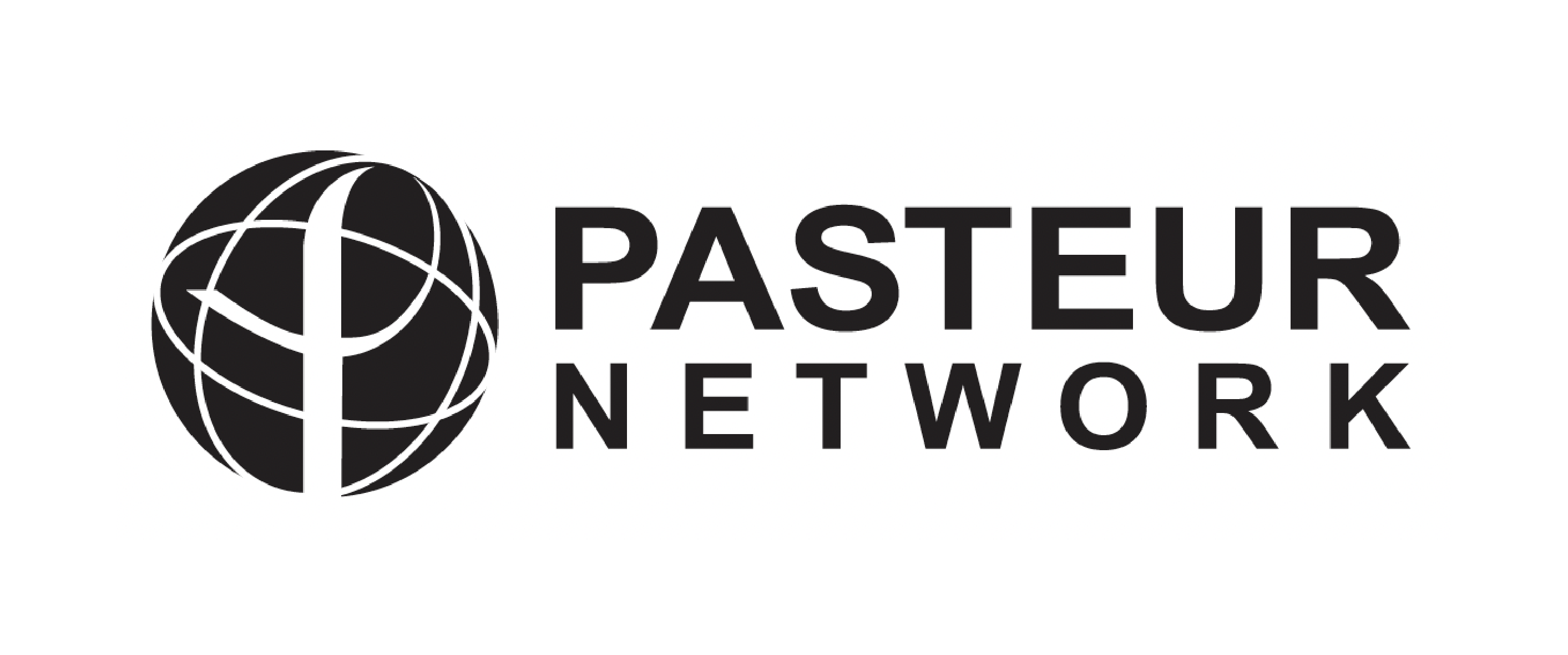Clinical utilization of genomics data produced by the international Pseudomonas aeruginosa consortium.
Luca Freschi
(1)
,
Julie Jeukens
(1)
,
Irena Kukavica-Ibrulj
(1)
,
Brian Boyle
(1)
,
Marie-Josée Dupont
(1)
,
Jérôme Laroche
(1)
,
Stéphane Larose
(1)
,
Halim Maaroufi
(1)
,
Joanne L Fothergill
(2)
,
Matthew Moore
(2)
,
Geoffrey L Winsor
(3)
,
Shawn D Aaron
(4)
,
Jean Barbeau
(5)
,
Scott C Bell
(6)
,
Jane L Burns
(7)
,
Miguel Camara
(8)
,
André Cantin
(9)
,
Steve J Charette
(1, 10)
,
Ken Dewar
(11)
,
Éric Déziel
(12)
,
Keith Grimwood
(13)
,
Robert E W Hancock
(14)
,
Joe J Harrison
(15)
,
Stephan Heeb
(8)
,
Lars Jelsbak
(16)
,
Baofeng Jia
(17)
,
Dervla T Kenna
(18)
,
Timothy J Kidd
(19, 20)
,
Jens Klockgether
(21)
,
Joseph S Lam
(22)
,
Iain L Lamont
(23)
,
Shawn Lewenza
(15)
,
Nick Loman
(24)
,
François Malouin
(9)
,
Jim Manos
(25)
,
Andrew G Mcarthur
(17)
,
Josie Mckeown
(8)
,
Julie Milot
(26)
,
Hardeep Naghra
(8)
,
Dao Nguyen
(11)
,
Sheldon K Pereira
(17)
,
Gabriel G Perron
(27)
,
Jean-Paul Pirnay
(28)
,
Paul B Rainey
(29, 30)
,
Simon Rousseau
(11)
,
Pedro M Santos
(31)
,
Anne Stephenson
(32)
,
Véronique Taylor
(22)
,
Jane F Turton
(18)
,
Nicholas Waglechner
(17)
,
Paul Williams
(8)
,
Sandra W Thrane
(16)
,
Gerard D Wright
(17)
,
Fiona S L Brinkman
(3)
,
Nicholas P Tucker
(33)
,
Burkhard Tümmler
(21)
,
Craig Winstanley
(2)
,
Roger C Levesque
(1)
1
ULaval -
Université Laval [Québec]
2 University of Liverpool
3 SFU.ca - Simon Fraser University = Université Simon Fraser
4 OHRI - Ottawa Hospital Research Institute [Ottawa]
5 UdeM - Université de Montréal
6 QIMR Berghofer Medical Research Institute
7 Washington University School of Medicine in St. Louis
8 UON - University of Nottingham, UK
9 UdeS - Université de Sherbrooke
10 Centre de Recherche de l'Institut Universitaire de Cardiologie et de Pneumologie
11 McGill University = Université McGill [Montréal, Canada]
12 INRS-AFSB - Armand-Frappier Santé Biotechnologie Research Centre
13 Griffith University [Brisbane]
14 UBC - University of British Columbia
15 University of Calgary
16 DTU - Danmarks Tekniske Universitet = Technical University of Denmark
17 McMaster University [Hamilton, Ontario]
18 Public Health England [London]
19 UQ [All campuses : Brisbane, Dutton Park Gatton, Herston, St Lucia and other locations] - The University of Queensland
20 QUB - Queen's University [Belfast]
21 Klinische Forschergruppe
22 University of Guelph
23 University of Otago [Dunedin, Nouvelle-Zélande]
24 University of Birmingham [Birmingham]
25 The University of Sydney
26 IUCPQ - Institut Universitaire de Cardiologie et de Pneumologie de Québec
27 Bard College Annandale
28 Queen Astrid Military Hospital [Brussels]
29 Max Planck Institute for Evolutionary Biology
30 Massey University
31 Universidade do Minho = University of Minho [Braga]
32 St. Michael's Hospital
33 University of Strathclyde [Glasgow]
2 University of Liverpool
3 SFU.ca - Simon Fraser University = Université Simon Fraser
4 OHRI - Ottawa Hospital Research Institute [Ottawa]
5 UdeM - Université de Montréal
6 QIMR Berghofer Medical Research Institute
7 Washington University School of Medicine in St. Louis
8 UON - University of Nottingham, UK
9 UdeS - Université de Sherbrooke
10 Centre de Recherche de l'Institut Universitaire de Cardiologie et de Pneumologie
11 McGill University = Université McGill [Montréal, Canada]
12 INRS-AFSB - Armand-Frappier Santé Biotechnologie Research Centre
13 Griffith University [Brisbane]
14 UBC - University of British Columbia
15 University of Calgary
16 DTU - Danmarks Tekniske Universitet = Technical University of Denmark
17 McMaster University [Hamilton, Ontario]
18 Public Health England [London]
19 UQ [All campuses : Brisbane, Dutton Park Gatton, Herston, St Lucia and other locations] - The University of Queensland
20 QUB - Queen's University [Belfast]
21 Klinische Forschergruppe
22 University of Guelph
23 University of Otago [Dunedin, Nouvelle-Zélande]
24 University of Birmingham [Birmingham]
25 The University of Sydney
26 IUCPQ - Institut Universitaire de Cardiologie et de Pneumologie de Québec
27 Bard College Annandale
28 Queen Astrid Military Hospital [Brussels]
29 Max Planck Institute for Evolutionary Biology
30 Massey University
31 Universidade do Minho = University of Minho [Braga]
32 St. Michael's Hospital
33 University of Strathclyde [Glasgow]
Roger C Levesque
Connectez-vous pour contacter l'auteur
- Fonction : Auteur correspondant
- PersonId : 987420
Connectez-vous pour contacter l'auteur
Résumé
The International Pseudomonas aeruginosa Consortium is sequencing over 1000 genomes and building an analysis pipeline for the study of Pseudomonas genome evolution, antibiotic resistance and virulence genes. Metadata, including genomic and phenotypic data for each isolate of the collection, are available through the International Pseudomonas Consortium Database (http://ipcd.ibis.ulaval.ca/). Here, we present our strategy and the results that emerged from the analysis of the first 389 genomes. With as yet unmatched resolution, our results confirm that P. aeruginosa strains can be divided into three major groups that are further divided into subgroups, some not previously reported in the literature. We also provide the first snapshot of P. aeruginosa strain diversity with respect to antibiotic resistance. Our approach will allow us to draw potential links between environmental strains and those implicated in human and animal infections, understand how patients become infected and how the infection evolves over time as well as identify prognostic markers for better evidence-based decisions on patient care.
| Origine | Publication financée par une institution |
|---|


